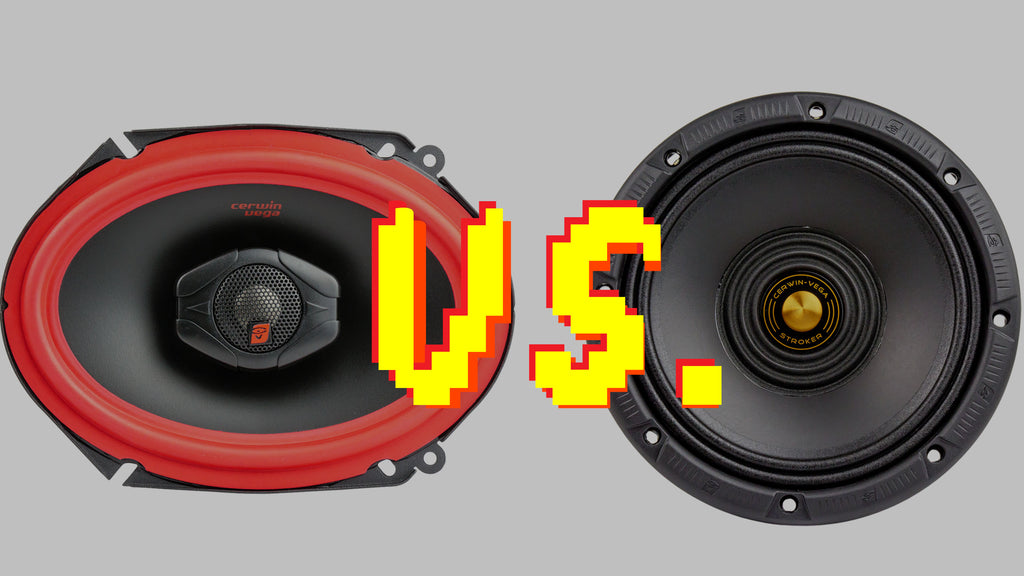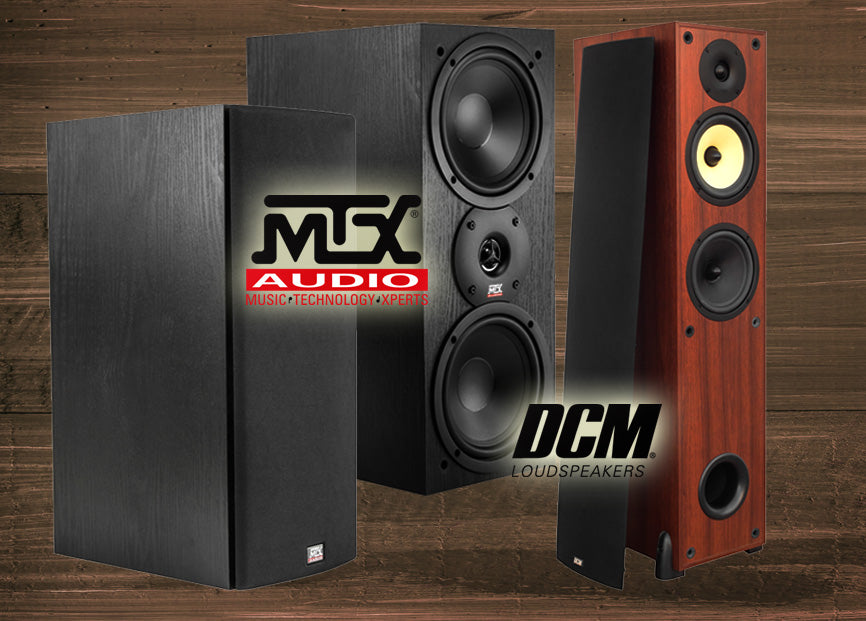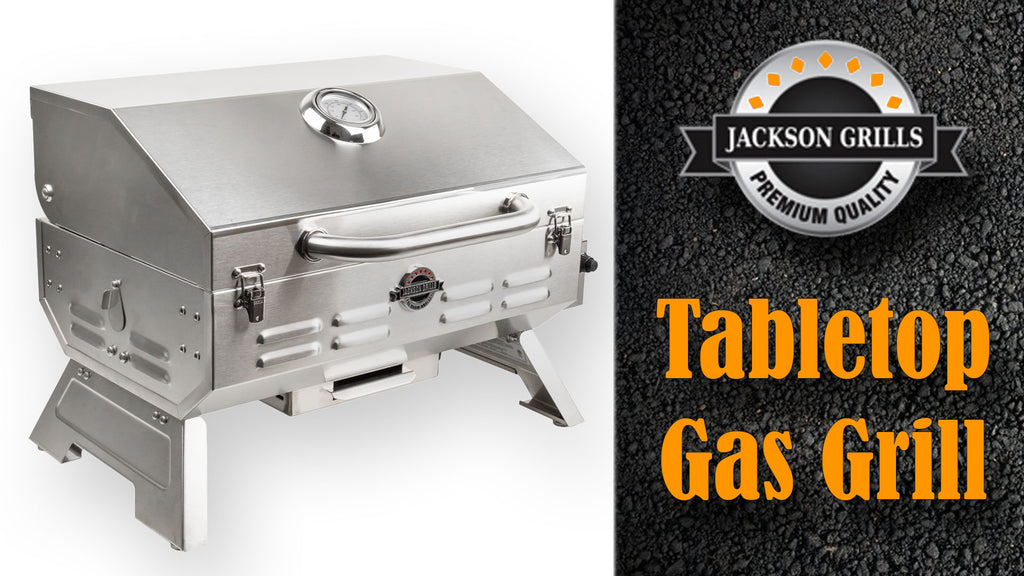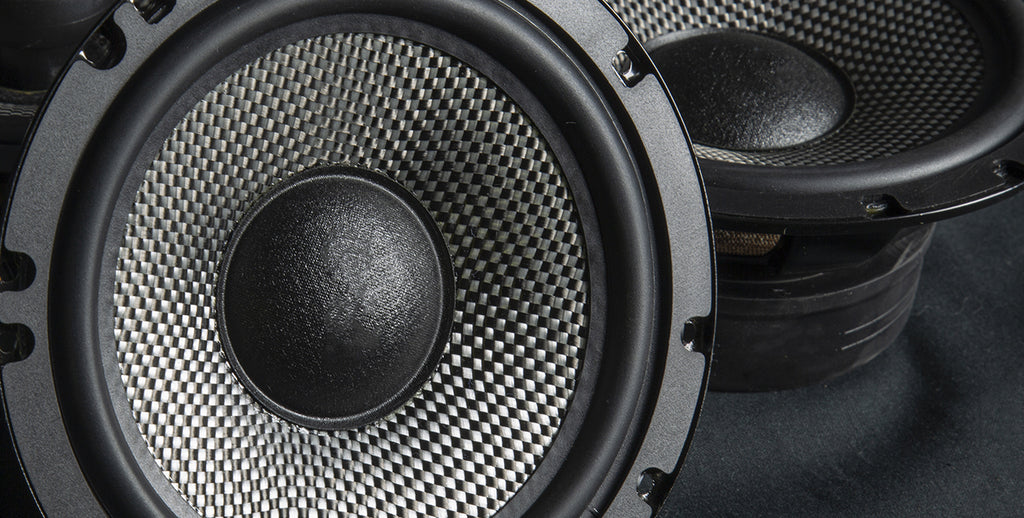Understanding the Difference Between Coaxial and Midrange Speakers Understanding the Difference Between Coaxial and Midrange Speakers
The car audio world can be quite daunting when you’re first getting started and one of the most common mistakes we see being made by new car audio enthusiasts is purchasing/installing a midrange speaker and expecting it to perform better than their stock car speaker, which is a coaxial speaker. This mistake generally leads to a disappointing sound and eventually a blown speaker which means more money out of your pocket. Let’s get into the differences between these two types of speakers and which style is the right choice for you.
Coaxial Speakers
Coaxial speakers, also known as full-range speakers, are designed to play the full range of frequencies that are being pushed from your radio to your speakers. Most cars come with coaxial speakers from the factory because they are cheaper, easier to install, and don’t require an additional amplifier or external crossovers to direct the sound. Generally, there are three different types of coaxial speakers.
2-Way Speakers: Two-way speakers are the most common types of car speakers. They feature the main woofer which handles the lower frequencies and a small tweeter in the center to handle the high frequencies.
3-Way Speakers: Three-way speakers are just like the two-way speakers, except there is an extra midrange driver to provide more detail and clarity in the middle frequencies.
4-Way Speakers: Four-way speakers take the three-way speaker and add what is called a “super tweeter” next to the standard tweeter to handle the ultra-high frequencies. (This is the type of speaker that we feature in our video at the end of this article.)
The main advantages to coaxial speakers is that they are generally cheaper than installing a full component system, and since most cars already come with coaxial speakers installed, they are about as close to plug and play as you can get with your car’s radio. For people looking for a simple way to upgrade the sound of the car’s audio system, coaxial speakers are a fantastic option.
Midrange Speakers
Midrange speakers are designed to do exactly what their names suggests, play the middle frequencies which are generally from 150Hz to 5,000Hz (this varies between midrange speakers). On their own midrange speakers don’t sound all that impressive. In fact, they’ll probably sound worse than your standard car speakers because you’re only hearing a small portion of the song’s frequencies. And if you try to push the entire range of frequencies to a midrange speaker it will cause the speaker to distort, overheat, and eventually blow. This can happen in as quickly as a few minutes.
In order to get the most out of these speakers, they absolutely need to be paired with a subwoofer and a few tweeters to fill out the rest of the sound range. Midranges will also need to be paired with an amplifier and external crossover to direct the frequencies to the correct places.
Going with midrange speakers effectively means you’ve decided to install a full component system which is more expensive that coaxial speakers, but you are getting a higher quality sound and a system that is more customizable to your specific taste.
In the end, both coaxial speakers and midrange speakers are great options to improve your car’s audio. But just because they look similar doesn’t mean they perform the same functions. The most important thing to remember is coaxials are designed to play the full range of frequencies while midranges will need to be paired with other components to avoid damage to the speaker. If you have any questions or concerns about purchasing car audio equipment, please give us a call or email us using the information in the contact us section at the bottom of our website.
Stay tuned to our website for the latest car audio products and make sure to subscribe to our YouTube channel for more informational videos and product features.
-- Dan Carlson
The car audio world can be quite daunting when you’re first getting started and one of the most common mistakes we see being made by new car audio enthusiasts is purchasing/installing a midrange speaker and expecting it to perform better than their stock car speaker, which is a coaxial speaker. This mistake generally leads to a disappointing sound and eventually a blown speaker which means more money out of your pocket. Let’s get into the differences between these two types of speakers and which style is the right choice for you.
Coaxial Speakers
Coaxial speakers, also known as full-range speakers, are designed to play the full range of frequencies that are being pushed from your radio to your speakers. Most cars come with coaxial speakers from the factory because they are cheaper, easier to install, and don’t require an additional amplifier or external crossovers to direct the sound. Generally, there are three different types of coaxial speakers.
2-Way Speakers: Two-way speakers are the most common types of car speakers. They feature the main woofer which handles the lower frequencies and a small tweeter in the center to handle the high frequencies.
3-Way Speakers: Three-way speakers are just like the two-way speakers, except there is an extra midrange driver to provide more detail and clarity in the middle frequencies.
4-Way Speakers: Four-way speakers take the three-way speaker and add what is called a “super tweeter” next to the standard tweeter to handle the ultra-high frequencies. (This is the type of speaker that we feature in our video at the end of this article.)
The main advantages to coaxial speakers is that they are generally cheaper than installing a full component system, and since most cars already come with coaxial speakers installed, they are about as close to plug and play as you can get with your car’s radio. For people looking for a simple way to upgrade the sound of the car’s audio system, coaxial speakers are a fantastic option.
Midrange Speakers
Midrange speakers are designed to do exactly what their names suggests, play the middle frequencies which are generally from 150Hz to 5,000Hz (this varies between midrange speakers). On their own midrange speakers don’t sound all that impressive. In fact, they’ll probably sound worse than your standard car speakers because you’re only hearing a small portion of the song’s frequencies. And if you try to push the entire range of frequencies to a midrange speaker it will cause the speaker to distort, overheat, and eventually blow. This can happen in as quickly as a few minutes.
In order to get the most out of these speakers, they absolutely need to be paired with a subwoofer and a few tweeters to fill out the rest of the sound range. Midranges will also need to be paired with an amplifier and external crossover to direct the frequencies to the correct places.
Going with midrange speakers effectively means you’ve decided to install a full component system which is more expensive that coaxial speakers, but you are getting a higher quality sound and a system that is more customizable to your specific taste.
In the end, both coaxial speakers and midrange speakers are great options to improve your car’s audio. But just because they look similar doesn’t mean they perform the same functions. The most important thing to remember is coaxials are designed to play the full range of frequencies while midranges will need to be paired with other components to avoid damage to the speaker. If you have any questions or concerns about purchasing car audio equipment, please give us a call or email us using the information in the contact us section at the bottom of our website.
Stay tuned to our website for the latest car audio products and make sure to subscribe to our YouTube channel for more informational videos and product features.
-- Dan Carlson








